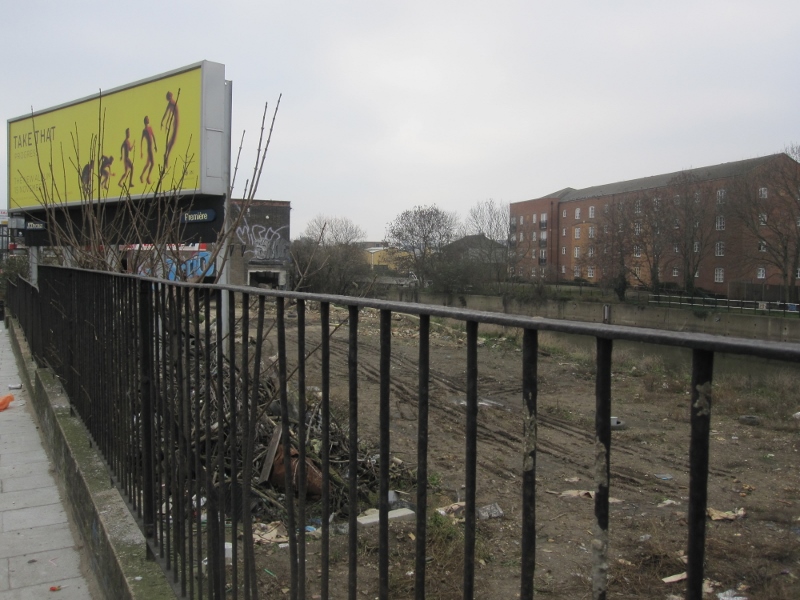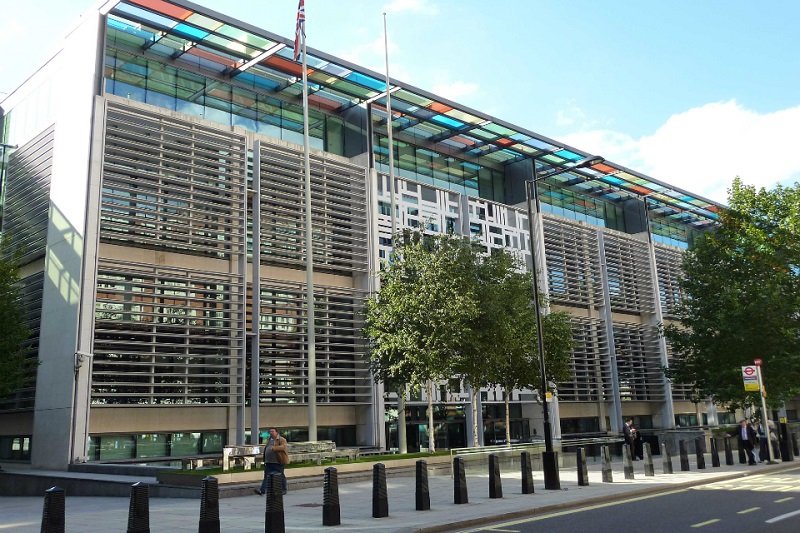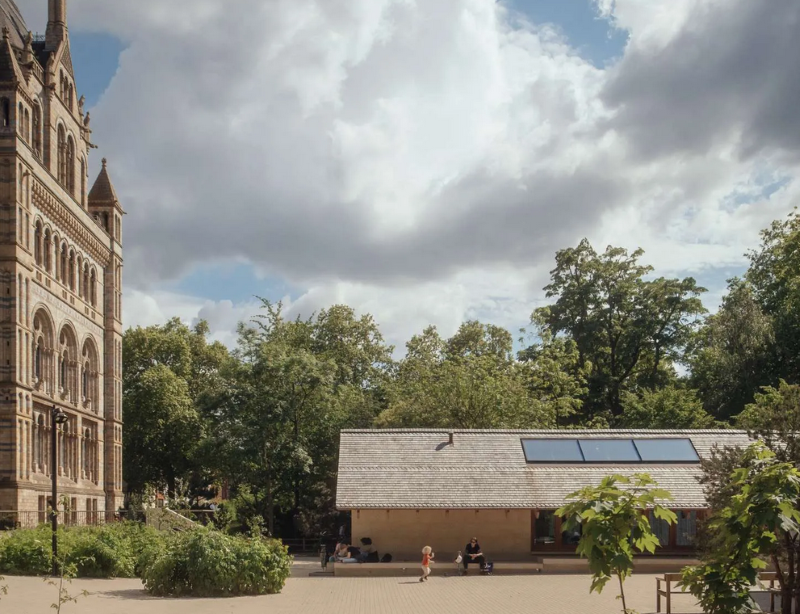A new analysis of
councils’ Brownfield Land Registers by the Campaign to Protect Rural England
(CPRE), demonstrates the huge potential that building on derelict and vacant
land has for the regeneration of towns and cities, as well as the provision of
new homes.
The analysis
highlights that there is space on suitable ‘brownfield land’ – land that has
previously been built on, and now sits derelict or vacant – to accommodate more
than one million new homes, two-thirds of which are ‘shovel ready’ and could
make an immediate contribution to meeting housing need, as they have been
confirmed as being deliverable within five years.
Prioritising this
land, which councils have shown is ready and waiting to be redeveloped, would
not only help to transform run-down areas, and provide more homes, but also
prevent the unnecessary loss of precious countryside and green spaces for
housing.
As well as providing
an opportunity to deliver the homes we need now, the countryside charity
highlights the potential for brownfield land to continue providing a steady
pipeline of housing, as more than 120,000 of the potential new homes have been
added to the registers in the past year alone.

Despite this
demonstrable success of Brownfield Land Registers, CPRE fears that the
definition of ‘previously developed land’ given in the registers’ regulations
means that a large number of sites are currently being missed, and the full
potential of the registers to bring forward as much suitable brownfield land
for housing as possible is not being met.
It also highlights
that housing density assumptions for the land identified is low. By increasing
the density of housing built on brownfield land, councils will be able to make
best use of the space available and deliver more homes.
Recent research by
CPRE London in the Borough of Enfield found space for at least 37,000 homes on
a wide range of types of brownfield land. This is compared to just 2,170 homes
identified on Enfield’s most recently published register in December 2017.
Rebecca Pullinger,
planning campaigner at the Campaign to Protect Rural England said:
"Building on brownfield land presents a fantastic opportunity to
simultaneously remove local eyesores and breathe new life into areas crying out
for regeneration. It will help to limit the amount of countryside lost to
development, and build more homes in areas where people want to live, with
infrastructure, amenities and services already in place.
"Councils have
worked hard to identify space suitable for more than one million new homes. But
until we have a brownfield first approach to development, and all types of
previously developed land are considered, a large number of sites that could be
transformed into desperately needed new homes will continue to be overlooked.
"The
government, local councils and house builders must work hard to bring these
sites forward for development and get building."
Local Government
Association housing spokesman Cllr Martin Tett, said: “Councils are committed
to bringing forward appropriate sites and ensuring homes are built
where they are needed, are affordable, of high-quality and supported by
adequate infrastructure and services.
“This timely report
highlights the availability of sites across the country to deliver
enough homes and infrastructure to begin to address the national housing
shortage we face.
“Councils have
already given hundreds of thousands of homes in England planning permission
that are yet to be built. To ensure developers are building well-designed homes
to a good quality and as quickly as possible, the Government needs to use the
Spending Review to give councils the power to speed up developments and set
planning fees locally so they can cover the cost of processing applications and
ensure planning departments are adequately resourced.”
Many areas across
England with high housing need also have a large amount of brownfield land
ready for redevelopment. London, Manchester, Birmingham, Leeds and Sheffield
have identified land available for regeneration that would provide almost half
a million homes.
In order to make
best use of suitable brownfield land, CPRE is urging the government to
introduce a genuine ‘brownfield first’ policy, which ensures that suitable
previously developed or under-used land is prioritised for redevelopment over
green spaces and countryside.
Clearer definitions
and guidelines must be given so that the registers act as a true pipeline,
identifying all possible brownfield sites and recording their suitability for
uses other than housing, including uses that protect the biodiversity or
heritage value of sites where applicable.




















